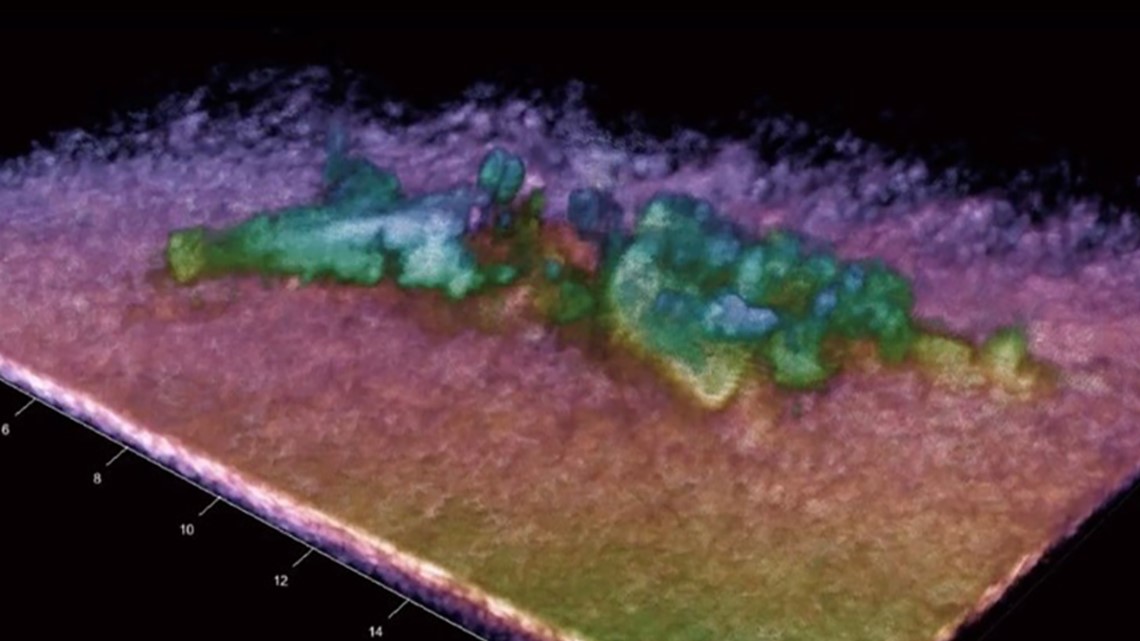ISLAND COUNTY, Wash. — The National Transportation Safety Board (NTSB) has located the wreckage of a floatplane that crashed into the Puget Sound near Whidbey Island in early September.
The floatplane was flying from Friday Harbor to the Renton Municipal Airport on Sunday, Sept. 4 when reports indicate it took a nosedive and crashed into Mutiny Bay. All nine passengers on board and the pilot were killed.
The plane is under approximately 190 feet of water, according to an update from the NTSB. Due to the depth and the speed of the current, which is three to five knots, the agency decided the best way to recover the wreckage is by using a remotely operated vehicle (ROV).
The National Oceanic and Atmospheric Administration (NOAA) and the University of Washington’s Applied Physics Laboratory helped to capture images via side scan sonar and 3D instruments. The instruments are on a multi-sensor towbody, which the laboratory calls MuST.
MuST is typically used to study what’s beneath the sand. The Applied Physics Laboratory was asked to use the machine to scan the depths of Mutiny Bay, Director Kevin Williams said. MuST was placed 160 underwater.
"We could fly it about 30 feet above the bottom and then we used a lot of the same sonar that NOAA would use but we get it closer to all the objects," said Williams.
The NOAA is working with local companies and federal agencies to obtain an ROV to recover the floatplane, which is well suited to operating in deep water.
"Their operating depth is primarily based on their design specification. The one we use is capable of 3,000 meters which is about 10,000 feet," said Chuck McGuire with the Applied Physics Laboratory.
However, recovering the floatplane with an ROV could still be a challenge when factoring in the current below the water.
"As the water is being emptied out of the structure, that's a whole lot of weight inside. If you move too fast, you can end up ripping off wings or shifting the load or the plane could rip free and drop back to the bottom," said McGuire.


Some items from the airplane have been recovered, according to the NTSB, including foam fragments from the plane's floats, a seat cushion, a seatbelt, dispatch paperwork, flooring structure remnants and some personal items from the victims.
The airplane is a de Havilland DHC-3 Otter floatplane that was built in 1967.
Records from the Federal Aviation Administration (FAA) show the plane received an airworthiness certificate in May 2014, likely meaning that the plane's owner, Northwest Seaplanes, installed a new turboprop engine.
A Facebook post from Northwest Seaplanes states that Otter received an annual maintenance check-up.
Seaplane companies are heavily regulated by the FAA, according to former NTSB senior Air Safety Investigator Gregory Feith. It's a regulatory tier just below commercial airlines.
Seaplane Northwest is a sister company of Friday Harbor Seaplanes. Feith said he know of no violations in the company's history.

